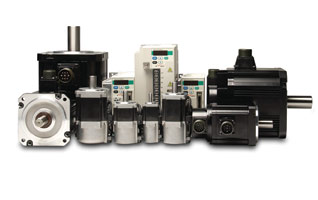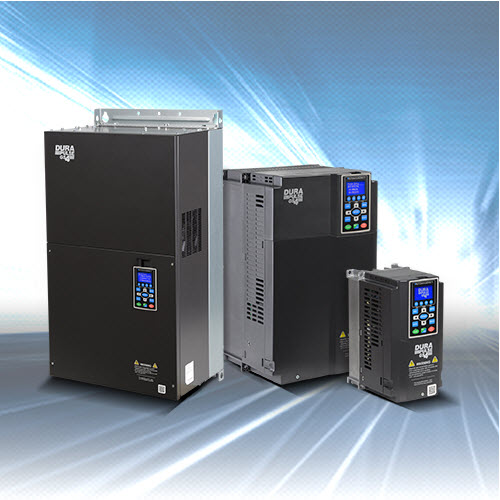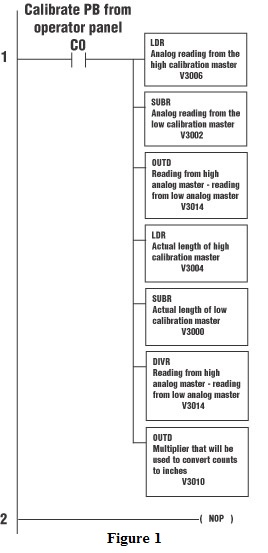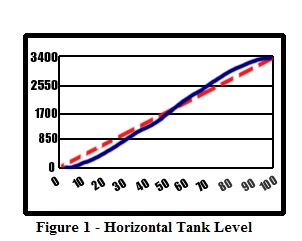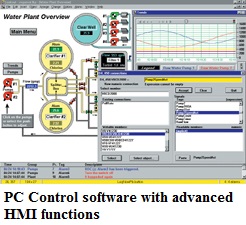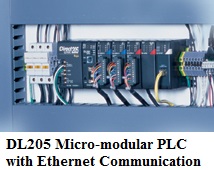+Tech TopicsAutomation NotebookFeature StoryIssue 4 – 2005Learning ResourcesMotion ControlNotebook IssueProduct
Motion Control System Choices
Motion control is generally understood to mean the use of servo and/or stepper systems as the “muscle” to move a given load. These motion control systems are capable of extremely precise speed, position, and torque control. Applications which require positioning of product, synchronization of separate elements, or rapid start/stop motion are all perfect candidates for…


